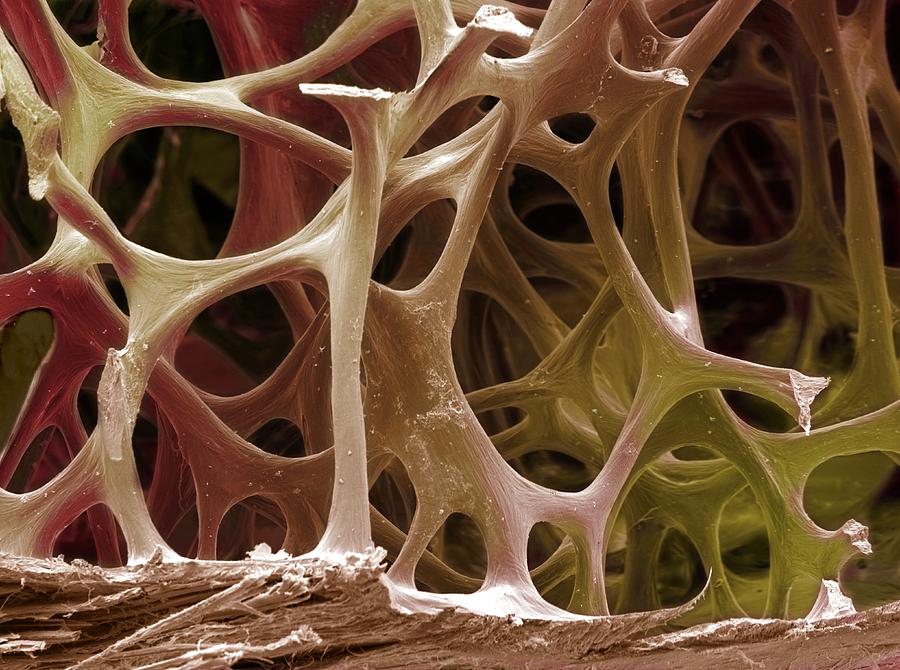Special Summer Series: Elizabeth Hoover de Galvez from the library's reference department, shares her observations of summer research at Coe. This summer she is working with Dr. Feller's materials science group.
Despite all of my notes from my first days work, when I prepare my own first sample of glass, I make several mistakes and am constantly struck by the fact that doing something is a lot different from watching someone else do the same thing.
First, I forget to measure my sample weight before stirring, which reminds me to double check that I am taking and recording all measurements. After that, the rest of the recording process goes well, except that I have less time to write the "story" of the process the second time around since I am now busy actually doing the tests.
When it comes time to don heavy gloves and use tongs to set my sample into the furnace, I am extremely nervous. I'm afraid I'll spill glass into the furnace, burn someone, or otherwise make the physics department regret allowing me in. The gloves are awkward and they make it difficult to maneuver the tongs, like using left-handed scissors. Once the glass is cooked, I begin to pour my molten glass onto the plate quencher but I go a bit too slowly and the glowing orange liquid barely makes it out of the crucible before hardening. Nonetheless, it all works, and once we lift the top plate of the quencher, I am proud to see a perfect unbroken gem of clear glass.
Then my partner tells me that I'll need to try to break it in half to fit it into our vial. I attempt to use tweezers to press one side of the glass against the plate and make a clean break. When that doesn't work, I foolishly pick up the sample in my bare hand. I don't think I put any pressure on it, but I feel that it still has a bit of heat in it and then it shatters. Luckily, I'm not cut.
The first test I attempt on my new glass is Raman. I focus my microscope (not realizing that I am supposed to be attempting to focus on the surface of the glass), and start the laser. I'm pretty excited to see all of the right peaks on the readout, but my partner points out that the whole thing has a much higher intensity than she would have expected. I'm curious if this could have something to do with where I focused--somewhere inside the middle of the sample, rather than on the surface. She makes some adjustments and attempts the next couple of measurements and gets no recognizable peaks. At one point we see evidence of a cosmic ray pop up on the screen for a brief second. Finally, we get the expected peaks (except for one extra blip that we can't explain), and move on to the next test.
The DSC test measures the point at which the glass begins to soften as we slowly heat from 50 to 600 degrees Celsius. The first step is to crush my glass into a powder using a mortar and pestle. I worry about all of the shards of glass which are managing to escape from the dish as I grind and pulverize and scrape the glass. Bored with the process, I call it quits before everything has turned into a powder. I attempt to scoop only the powder and not the remaining shards into my sample dish and then begin the reading. Though it takes about 15 minutes to run the test, I watch the readout the whole time, hoping that I get the correct result. But no such luck--something has gone wrong again which causes my graph to make a strange dip prior to climbing. I blame myself, assuming I somehow got a too large chunk of glass into the sample which messed things up. The student who has been training everyone on the DSC instrument thinks it may be something else. I decide that I will have to rerun the test, and since I've already cleaned up and disposed of my glass powder, I will have to start from scratch. Ugh.
Despite running out of time before I can get a density measurement on the pycnometer, I feel good about the morning's work.

